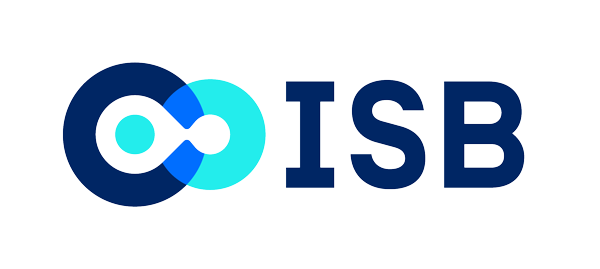
 |
Kaviar (~Known VARiants) is a compilation of SNVs, indels, and complex variants observed in humans, designed to facilitate testing for the novelty and frequency of observed variants. |

|
- Released: February 29, 2016 (version 160204-Public)
- Kaviar contains 162 million SNV sites (including 25M not in dbSNP) and incorporates data from 35 projects encompassing 77,781 individuals (13.2K whole genome, 64.6K exome).
- Kaviar also contains 50 million short indels and substitutions from a subset of the data sources.
- Kaviar excludes cancer genomes but includes some data from cell lines and individuals affected by disease.
- An effort was made to exclude data from related individuals.
- Release notes, known issues, and changelog
- Auxiliary info for some data sources.
- Treemap depiction of sources.
- Caution: variant novelty need not imply functional or clinical relevance. Conversely, known variants may have unknown functional implications. In some cases, even the reference form may be the detrimental variant.
- Query Kaviar interactively by clicking the Query Kaviar button above. Appropriate for small to medium size queries.
- Query Kaviar as a web service using this URL in your code (here is example usage).
- Query Kaviar via its beacon, as encouraged by the GA4GH.
- Download a 2.7 GB VCF file containing allele frequencies for all variants in Kaviar for GRCh38 (hg38)
- Browse other VCF downloads containing data source annotations, omitting very rare variants (compact), and/or for other versions of the reference genome.
- If you find Kaviar useful for your work, please cite:
Glusman G, Caballero J, Mauldin DE, Hood L and Roach J (2011) KAVIAR: an accessible system for testing SNV novelty. Bioinformatics, doi: 10.1093/bioinformatics/btr540. - Kaviar was created by Gwenlyn Glusman. This version was built by Terry Farrah.
- We gratefully acknowledge past funding from the Inova Translational Medicine Institute